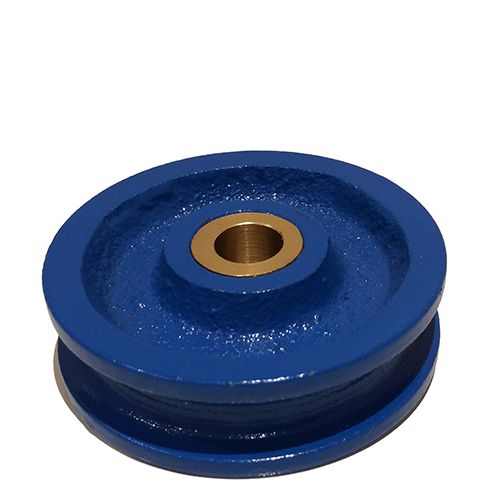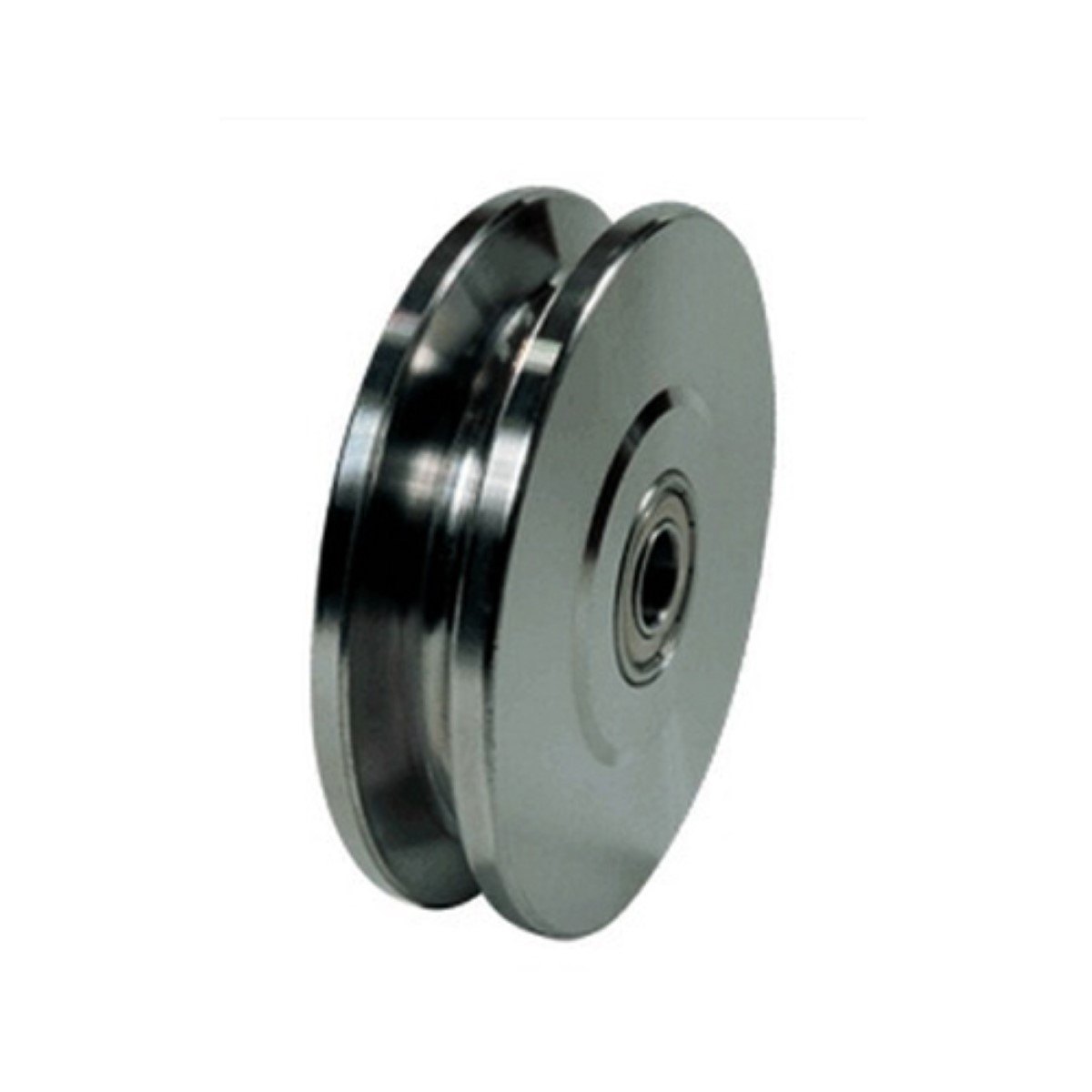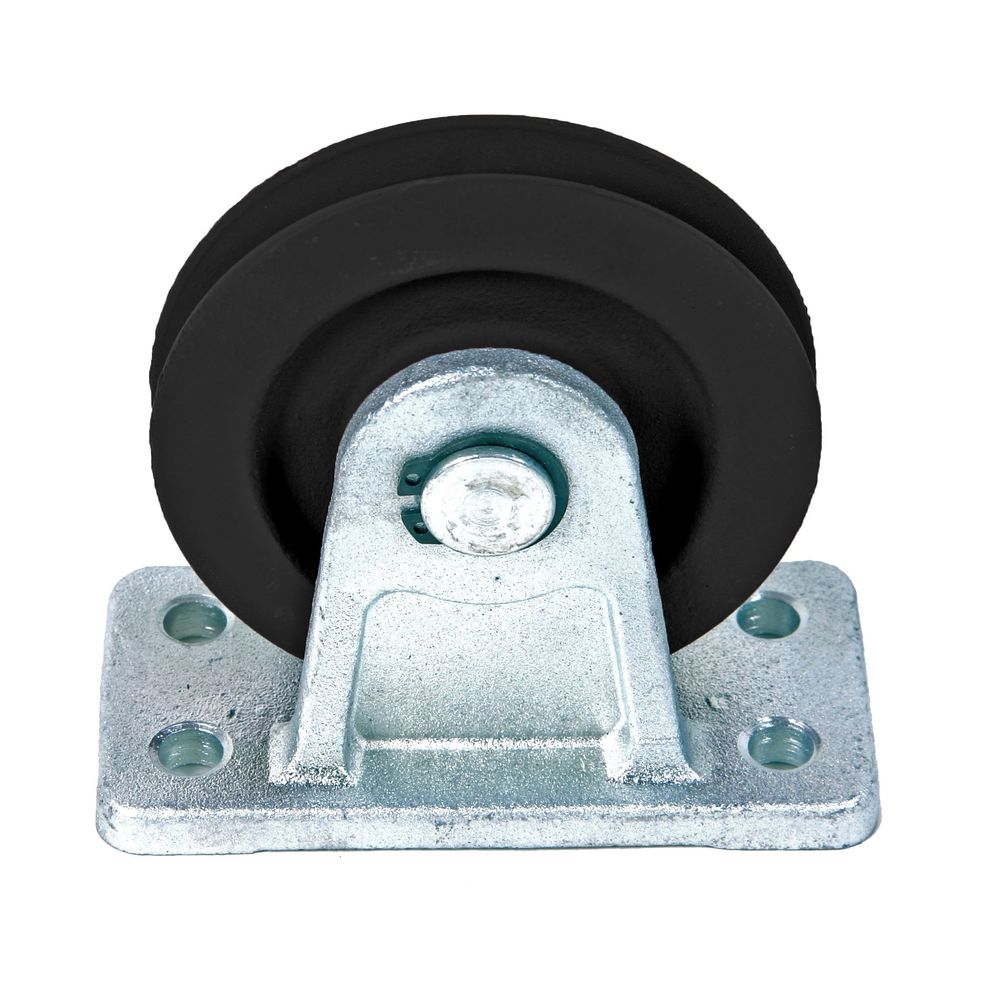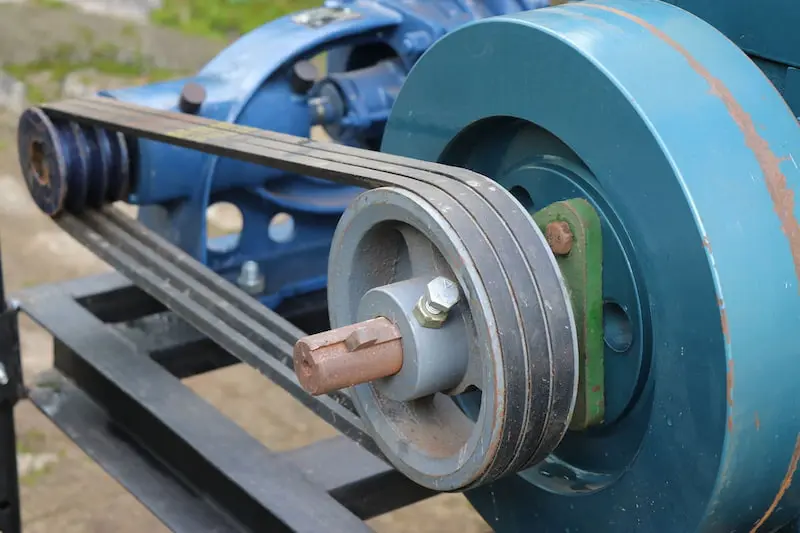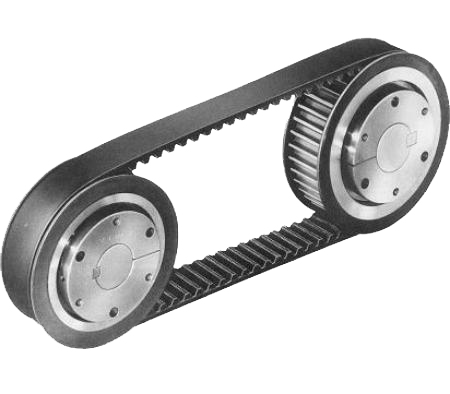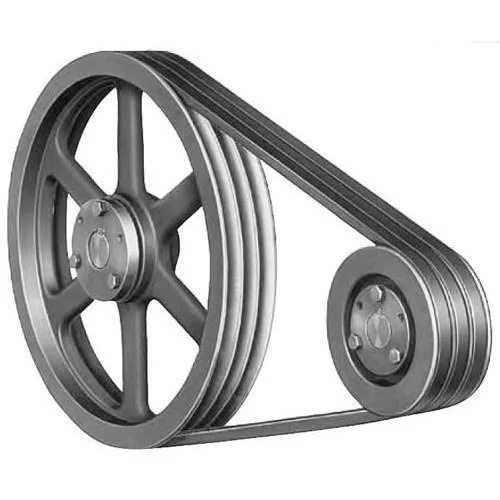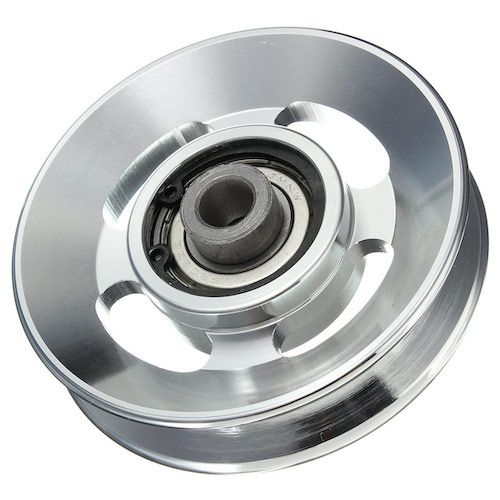Product Description
Product Description
Borhaf Metal Fabricator gate wheels & track parts export range includes Gate Pulley Track Wheels and exporters of Steel Track Wheels, sliding gate wheels, sliding gate pulley, cantilever wheel system, Gate wheels V Groove, U Groove, Steel Gate Wheels with Bearings and fittings nut bolts etc. We are the Chinese manufacturer and exporter of Sliding gate wheel& accessories.
Feature:
[Heavy Duty Material] Bracket use Cold rolled sheet stamping. Wheels use 45 Steel, fine finished high strength, good toughness, low creep, abrasion resistance and chemical stability, durable to use
[Strong Bearing Force] The heavy duty caster wheels are designed for loads of up to 1000 pounds
[Groove Design] U Groove | Y Groove| V Groove fits inverted tracks perfectly and can ease the vibration, no noise and smooth as silk.
[Multiple Usages] Widely use,a must get for power/rolling dog/baby gates, industrial carts, assembly fixtures, containers, racks, and other equipment and projects
[Adapt to Wide Temperature Range]The sliding gate track roller can adapt to a wide temperature range, can be used in the range of -30 ºC -100 ºC.
[APPLICATIONS] Used to inverted track, rolling gate, sliding gate, industrial machines, wire rope rail device, containers racks, baby gate, dog gate, etc.
[Sealed bearings] have sealed bearings: Single Bearing | Double Bearing, resulting in a more freely moving wheel
[Surface Treatment] These Groove CHINAMFG steel wheels are zinc plated for durability and anti-corrosion, Yellow | White color
[Maintenance-free] (no grease fittings)
[Wheel diameter]: 40mm|50mm|60mm|70mm|80mm|90mm|100mm and can produce customerized size according to the new drawing.
[Application]: Widely used for winding gates, single gates, revolving gates, patio gates, industrial machinery and bag containers, baby gates, dog gates.
[Instruction]: Widely used on backyard gates, driveway gates, moving gates, light fixtures, heavy sliding doors, inverted track, factory doors, industrial machinery track projects, dog doors, garage doors, garden doors.
[Advantage]: Durable,Strong Bearing Capacity, Smoothy wheel
Details Photos:
ODM| OEM Case
The following is that we have developed Gate Truck Wheel for customers. Please make a referrence.
We have unparalleled competitiveness in the research and development of new products and the manufacture of samples. Please feel free to send us the drawings and our team will work closely with you.
Keywords:sliding gate wheel, cantilever gate wheels, sliding gate roller, sliding gate pulley, sliding door roller, slinding door wheel, sliding door pulley, sliding gate track, sliding door track, bottom rail, bottom wheel Industrial hardware
Workshop&Machine
Laser cutting Machine
Laser cutting is 1 of CHINAMFG metal fabricator sheet metal profiling processes that directs a high-power laser through optics to cut materials for industrial applications. Laser cutting is both more precise and less energy-consuming than plasma cutting, but has an upper threshold on the thickness of the material being cut. Borhaf’s fiber optic lasers offers fiber can cut many materials including stainless steel,mild steel, copper, brass, titanium, aluminum. With a 2.5 meterX 6.0 meter work table, our laser cutter has CHINAMFG room for large parts or for nesting multiple jobs on a single piece of sheet metal.
/* January 22, 2571 19:08:37 */!function(){function s(e,r){var a,o={};try{e&&e.split(“,”).forEach(function(e,t){e&&(a=e.match(/(.*?):(.*)$/))&&1
| Customized: | Customized |
|---|---|
| Color: | Yellow |
| Type: | Fix Wheel |
| Surface Treatment: | Zinc Plated |
| Size: | 2inch |
| Material: | Steel |
| Samples: |
US$ 10/Piece
1 Piece(Min.Order) | |
|---|
| Customization: |
Available
| Customized Request |
|---|
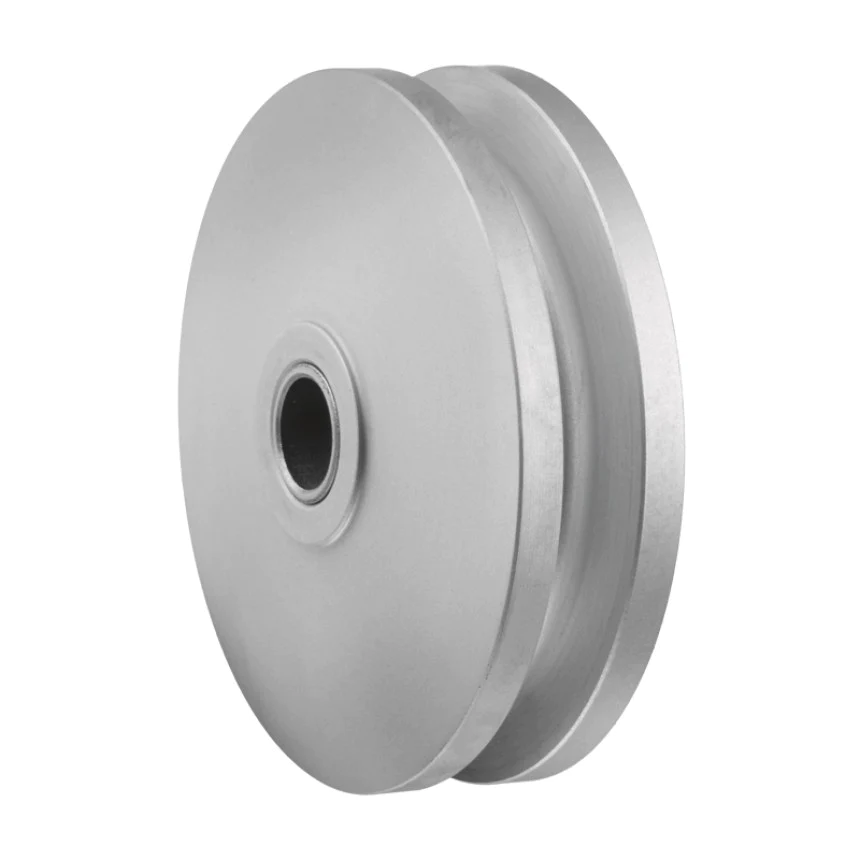
Can wheel pulleys be used in both simple and complex mechanical systems?
Yes, wheel pulleys can be used in both simple and complex mechanical systems. Here’s a detailed explanation:
1. Simple Mechanical Systems:
Wheel pulleys are commonly employed in simple mechanical systems where basic power transmission or motion control is required. For example, in simple belt and pulley systems, a single wheel pulley is used to transfer rotational motion from one shaft to another using a belt. This setup is often found in applications such as small machinery, home appliances, or simple mechanical devices. The simplicity of wheel pulley systems makes them easy to design, install, and maintain.
2. Complex Mechanical Systems:
Wheel pulleys also find extensive use in complex mechanical systems where multiple pulleys and belts are interconnected to achieve intricate motion control or power transmission requirements. In such systems, multiple pulleys with different sizes and configurations are arranged in various combinations to create complex mechanical arrangements like gear trains, serpentine belt systems, or timing belt systems.
Complex mechanical systems can be found in a wide range of applications, including automotive engines, industrial machinery, conveyor systems, and robotics. These systems often involve precise synchronization, high torque transfer, or the coordination of multiple moving parts. Wheel pulleys, with their ability to handle different belt types and sizes, provide versatility and flexibility in constructing complex mechanical systems.
3. Advantages in Both Simple and Complex Systems:
Wheel pulleys offer several advantages that make them suitable for both simple and complex mechanical systems:
a. Cost-Effectiveness: Wheel pulleys are relatively cost-effective compared to other complex power transmission solutions. They are often made from readily available materials and can be mass-produced, making them affordable for a wide range of applications.
b. Versatility: Wheel pulleys can accommodate different belt types, sizes, and materials, allowing for flexibility in system design. This versatility enables engineers to tailor the mechanical system to specific requirements, such as load capacity, speed, and space constraints.
c. Easy Installation and Maintenance: Wheel pulleys are relatively straightforward to install and maintain. They can be easily mounted on shafts, and belt replacement or adjustment can be performed with minimal effort or specialized tools.
d. Reliable Power Transmission: Wheel pulleys, when properly designed and installed, provide reliable power transmission with minimal slippage. The engagement between the pulley and the belt ensures efficient torque transfer, making them suitable for applications that require precise motion control or high power transmission efficiency.
Overall, wheel pulleys are versatile components that can be utilized in both simple and complex mechanical systems. Their cost-effectiveness, versatility, ease of installation, and reliable power transmission capabilities make them a popular choice across a wide range of industries and applications.
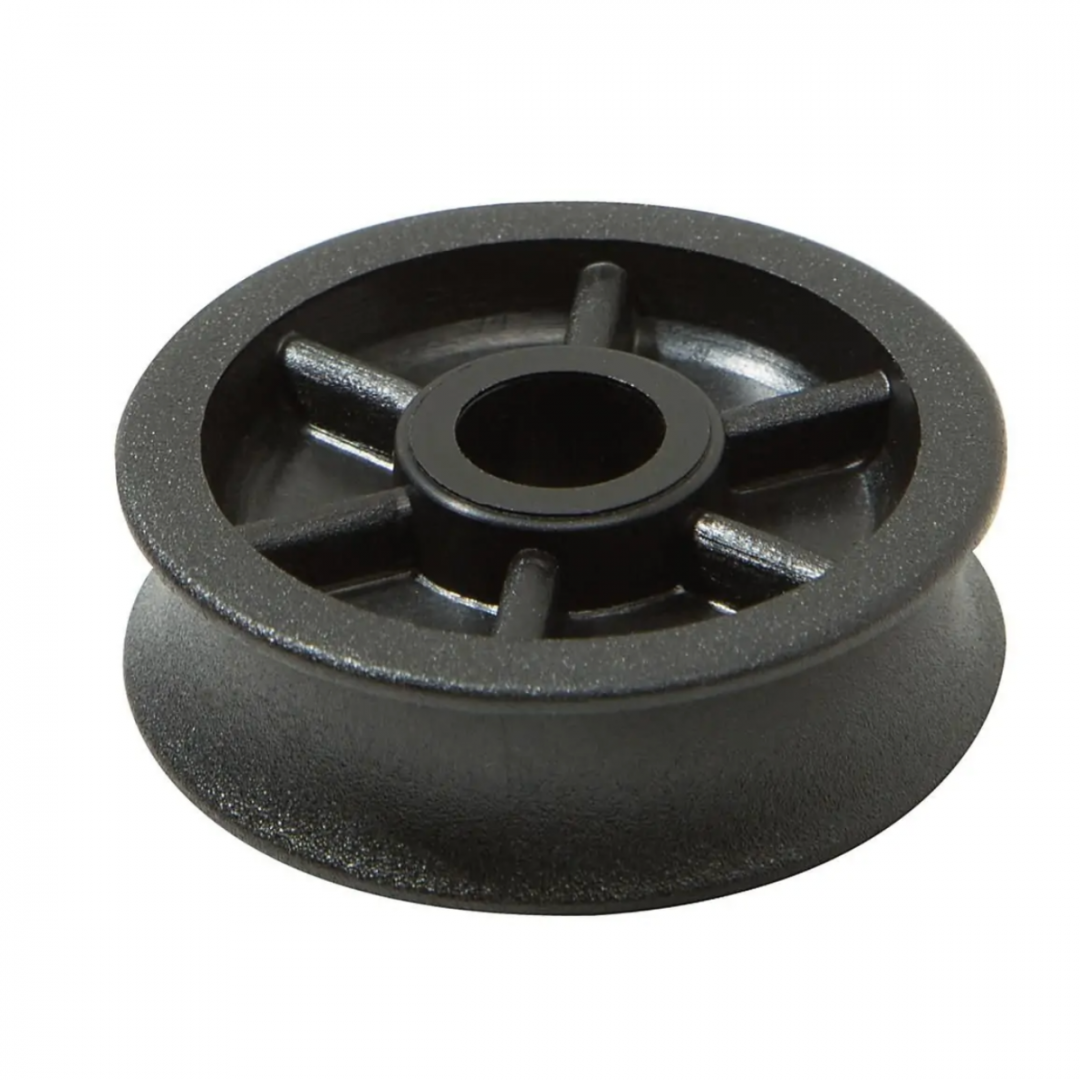
How does the design of a wheel pulley affect its performance?
The design of a wheel pulley plays a crucial role in determining its performance characteristics. Here’s a detailed explanation of how the design of a wheel pulley affects its performance:
1. Groove Profile:
The groove profile of the wheel pulley is designed to match the shape and dimensions of the belt, rope, or cable used in the power transmission system. An appropriate groove profile ensures proper belt tracking, maximum contact area, and effective power transmission. The design of the groove can also minimize slippage and maximize grip, enhancing the overall performance of the pulley.
2. Diameter and Size:
The diameter and size of the wheel pulley impact its mechanical advantage and speed ratio in the power transmission system. By adjusting the pulley’s diameter or size, the speed and torque can be modified to meet the requirements of the application. A larger pulley diameter can provide higher belt or rope speeds, while a smaller pulley diameter can increase torque output.
3. Material Selection:
The choice of material for the wheel pulley affects its durability, strength, and resistance to wear and corrosion. Common materials used for wheel pulleys include metals such as steel, aluminum, or cast iron, as well as high-strength plastics. The material selection is based on factors such as load capacity, operating conditions, and environmental considerations. The right material choice ensures optimal performance and longevity of the pulley.
4. Construction and Reinforcement:
The construction and reinforcement of the wheel pulley are important for its ability to withstand the anticipated loads and stresses. The pulley may have additional features such as flanges, spokes, or ribs to increase structural integrity and distribute the load evenly. Reinforcement techniques such as ribbing, webbing, or strengthening inserts can enhance the pulley’s performance under heavy loads or high-speed applications.
5. Balance and Alignment:
The balance and alignment of the wheel pulley are critical for smooth operation and to minimize vibrations. Imbalances or misalignments can lead to excessive wear, noise, and reduced efficiency. Proper manufacturing techniques and precision machining ensure that the pulley is well-balanced and aligned, resulting in improved performance and longevity.
6. Bearing and Shaft Design:
The bearing and shaft design of the wheel pulley are essential for its rotational stability and smooth operation. High-quality bearings, selected based on load capacity and speed requirements, ensure low friction and reliable performance. The shaft design, including length, diameter, and keyway specifications, is tailored to handle the anticipated loads and provide secure power transmission.
7. Surface Coatings and Treatments:
In certain applications, wheel pulleys may undergo surface coatings or treatments to enhance their performance. Coatings such as corrosion-resistant finishes or low-friction coatings can reduce wear and extend the pulley’s lifespan. Surface treatments can also improve grip and reduce slippage, leading to better power transmission efficiency.
By considering factors such as groove profile, diameter and size, material selection, construction and reinforcement, balance and alignment, bearing and shaft design, and surface coatings or treatments, the design of a wheel pulley can significantly impact its performance. A well-designed pulley ensures optimal power transmission, efficiency, durability, and reliability in various applications.

What is a wheel pulley, and how is it used in mechanical systems?
A wheel pulley is a type of pulley that is specifically designed in the shape of a wheel. It consists of a circular disc with a groove or grooves along its circumference, which allows for the engagement of a belt or rope. Here’s a detailed explanation of what a wheel pulley is and how it is used in mechanical systems:
1. Function:
A wheel pulley is primarily used to transmit rotational motion and power between different components in a mechanical system. It serves as a connection point for a belt or rope, which is wrapped around the groove of the pulley. As the pulley rotates, the belt or rope moves along with it, transferring the motion and power to other parts of the system.
2. Power Transmission:
The main purpose of a wheel pulley is to facilitate power transmission. By connecting the pulley to a power source, such as an electric motor or an engine, and using a belt or rope, the rotational motion and power generated by the source can be transferred to other components or machines in the system. This enables the operation of various mechanical functions, such as driving conveyor belts, operating machinery, or lifting heavy loads.
3. Speed and Torque Regulation:
Wheel pulleys are also used to regulate the speed and torque in mechanical systems. By changing the size of the pulley or using pulleys of different diameters, the speed ratio between the input and output components can be adjusted. This allows for the control of rotational speed and the amplification or reduction of torque, depending on the specific requirements of the system.
4. Mechanical Advantage:
Wheel pulleys can provide mechanical advantage in certain applications. By utilizing a combination of pulleys, such as multiple pulleys of different sizes or incorporating a system of fixed and movable pulleys, mechanical advantage can be achieved. This can be beneficial in situations where a higher force is required to move or lift heavy objects, as the pulley system allows for the distribution of force over a larger area, reducing the effort needed.
5. Belt or Rope Engagement:
Wheel pulleys are designed with a groove or grooves along the circumference to ensure proper engagement of the belt or rope. This groove provides a secure grip on the belt or rope, preventing slippage and ensuring efficient power transmission. The groove profile may vary depending on the type of belt or rope being used, such as V-belts, flat belts, or round belts.
6. Applications:
Wheel pulleys are utilized in various mechanical systems across different industries. They can be found in machinery, automotive systems, conveyor systems, lifting equipment, and many other applications where rotational motion and power transmission are required.
7. Maintenance and Lubrication:
Proper maintenance and periodic lubrication of wheel pulleys are important to ensure their smooth operation and longevity. Regular inspection, cleaning, and lubrication help prevent wear, reduce friction, and maintain the efficiency of the pulley system.
Overall, wheel pulleys are essential components in mechanical systems, enabling power transmission, speed regulation, and mechanical advantage. They provide a reliable and efficient means of transferring rotational motion and power, contributing to the functionality and operation of various machines and equipment.


editor by CX
2024-04-25
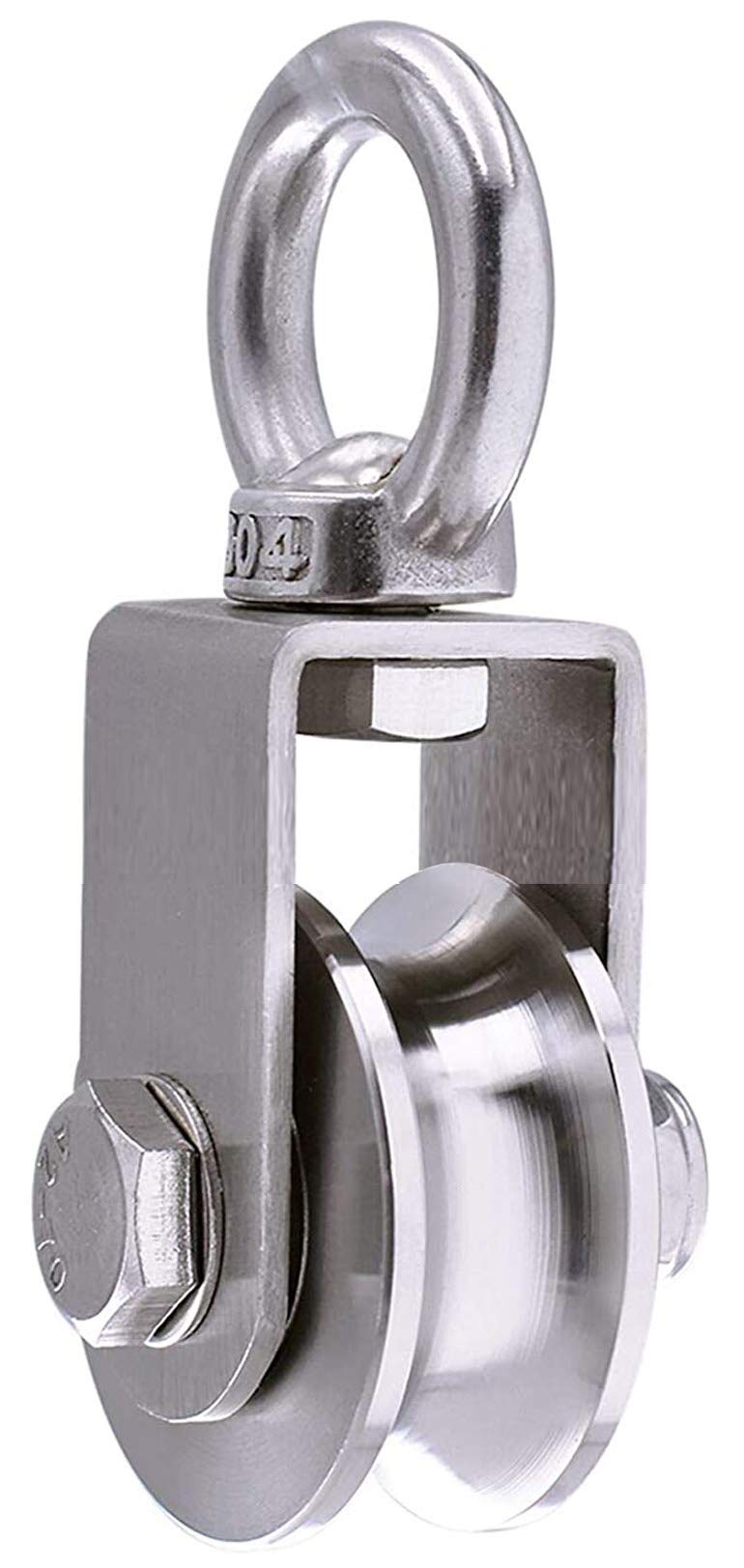
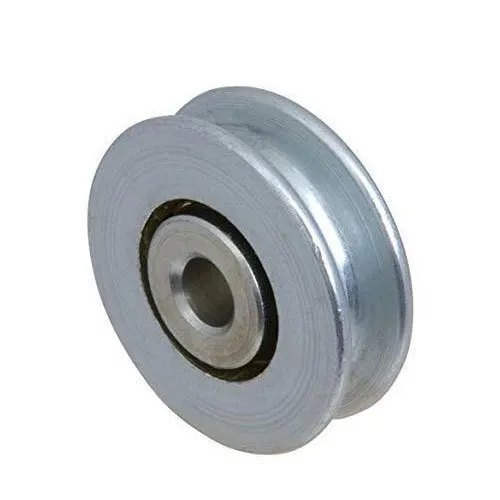
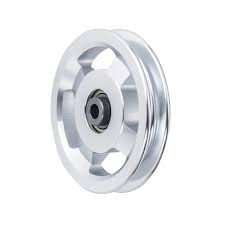
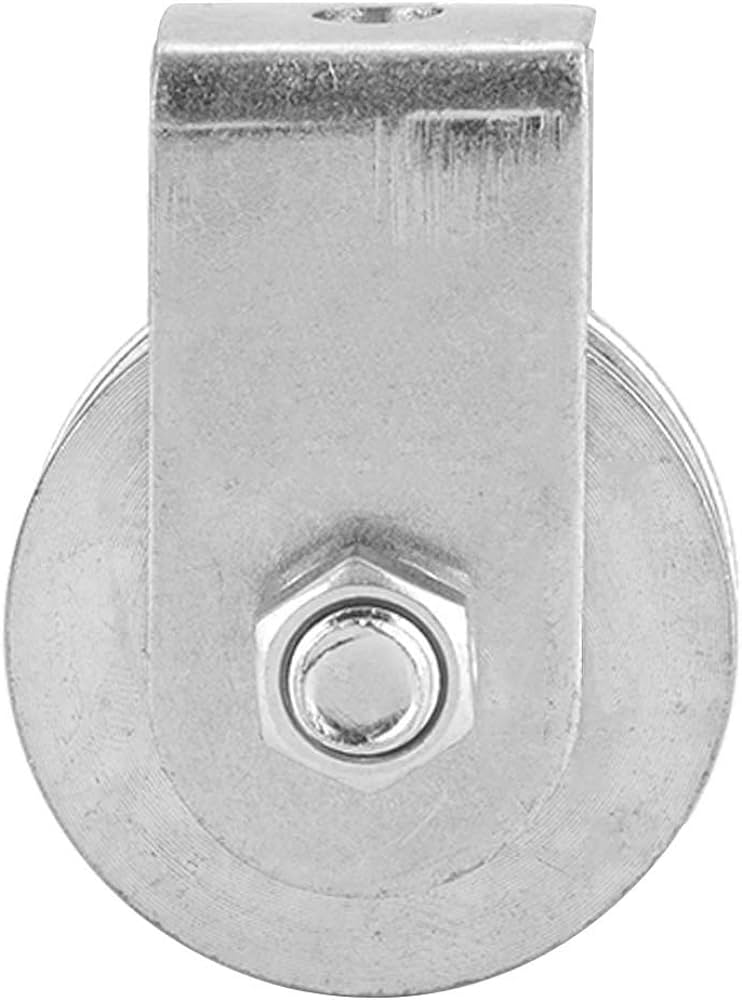
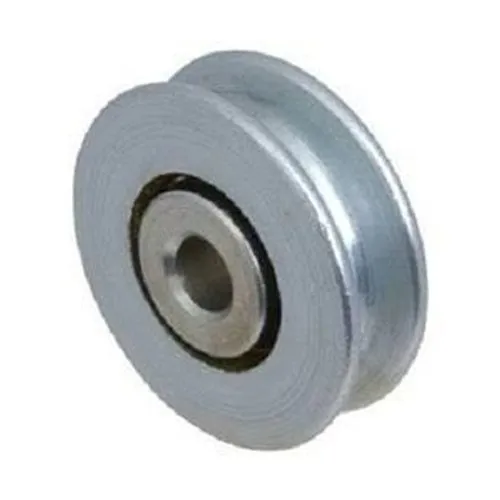
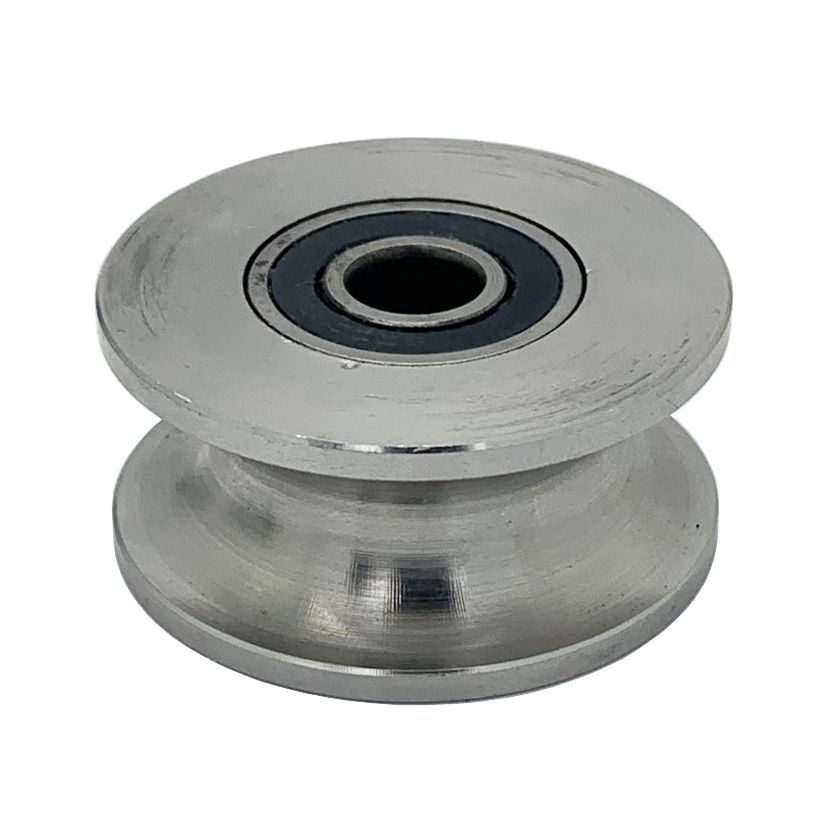 How do wheel pulleys handle different belt types and sizes?
How do wheel pulleys handle different belt types and sizes?
